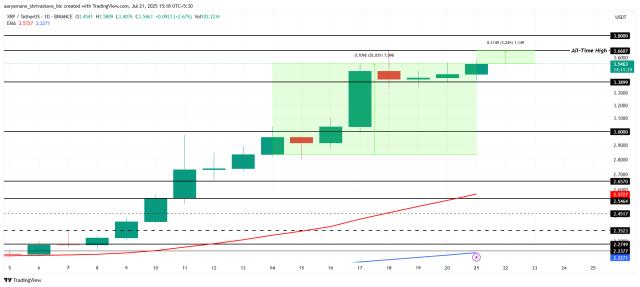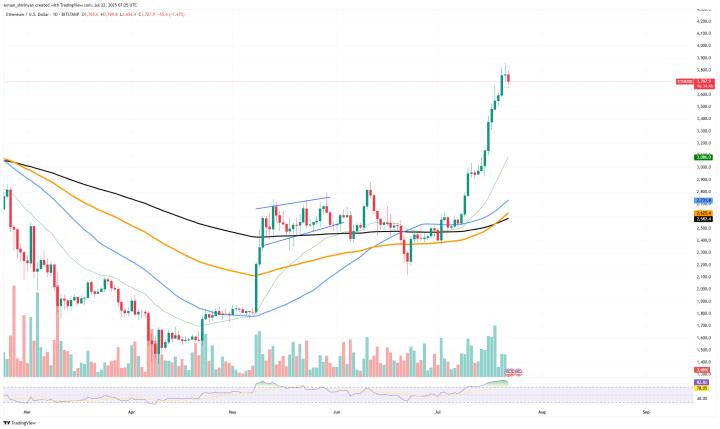
Western Union—the legacy remittance giant—is finally waking up to crypto’s potential. The 170-year-old money transfer operator is exploring stablecoin integration to slash costs and settlement times for cross-border payments. No more waiting days (or paying outrageous fees) when digital rails can do it in seconds.
Stablecoins: The Trojan Horse for Traditional Finance?
Tether and USD Coin could become the bridge between fiat and blockchain for Western Union’s 150 million+ customers. If executed right, this move might just save the company from becoming a relic—though skeptics will note they’re about a decade late to the party. Banks, meanwhile, are sweating over their soon-to-be-obsolete correspondent banking networks.
The Bottom Line
Another brick in the wall for crypto adoption—even if it’s coming from a company that still charges $15 to send $200. Progress, we guess?
Western Union Pilots New Settlement Models
The remittance heavyweight is testing new settlement models and exploring partnerships with infrastructure firms to accelerate foreign exchange processes and reduce the cost and time involved in sending money internationally.
The remarks come amid a broader wave of interest in digital dollar equivalents, spurred by increasing regulatory clarity.
Last week, U.S. President Donald TRUMP signed the GENIUS Act into law, establishing a federal framework for the issuance and use of stablecoins.
The law is already shifting the momentum among banks, fintechs, and traditional finance institutions, many of which had previously been hesitant to engage due to legal uncertainties.
Western Union’s approach appears multifaceted. In addition to settlement pilots, the company is considering integrating crypto on- and off-ramp capabilities and even launching its own stablecoin wallet for specific jurisdictions.
WESTERN UNION CEO: "WE'RE INVESTIGATING HOW WE MIGHT OFFER STABLECOIN PRODUCTS IN OUR DIGITAL WALLETS TO OUR CUSTOMERS AROUND THE WORLD," pic.twitter.com/UsFPpGN6tQ
— The Wolf Of All Streets (@scottmelker) July 22, 2025These initiatives aim to cater to regions where banking access is limited, but mobile phone penetration remains high.
Stablecoins are also gaining ground for their cost-efficiency. The global average remittance fee still hovers around 6.6%, well above the UN’s 3% target.
However, not everyone is on board. Senator Elizabeth Warren warned that private firms launching stablecoins could lead to privacy invasions and systemic risks.
“Then they’ll come begging for a bailout when it inevitably blows up,” she said.
Despite such concerns, interest from global corporations, including Amazon, Walmart, and Chinese giants like JD.com and Alipay, suggests the race is well underway.
Stablecoins Edge Closer to Mainstream Adoption
Stablecoins have emerged as one of crypto’s rare success stories, capturing the attention of corporations and regulators alike.
Frank Combay of Next Generation said regulatory clarity, especially Europe’s MiCA framework, has unlocked stablecoins’ growth potential by removing the biggest barrier: uncertainty.
He believes stablecoin ecosystems can reduce transaction costs by over 90% and are becoming increasingly attractive to both consumers and corporations.
Last week, Ripple CEO Brad Garlinghouse said the stablecoin sector is poised for explosive growth, projecting the market could balloon from its current $250 billion capitalization to as much as $2 trillion in the near future.
“Many people think it will reach $1 to $2 trillion in a handful of years,” Garlinghouse said, adding that Ripple is positioned to benefit from that trajectory.







